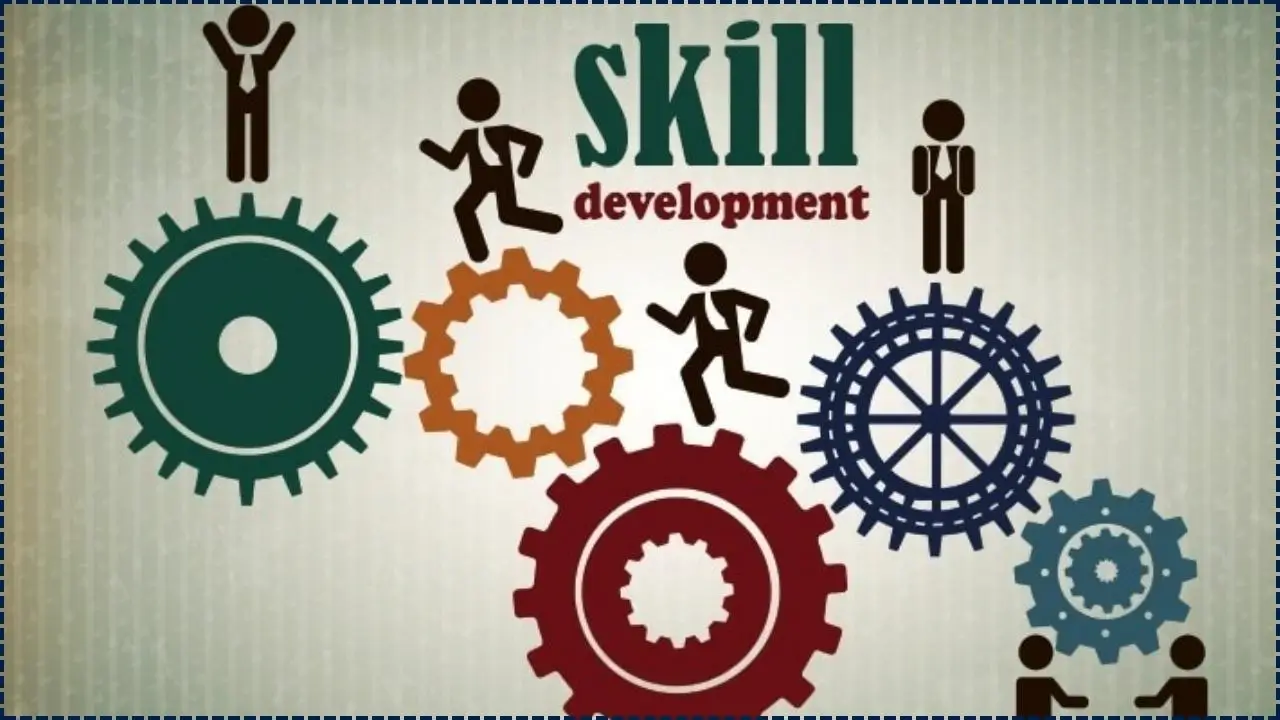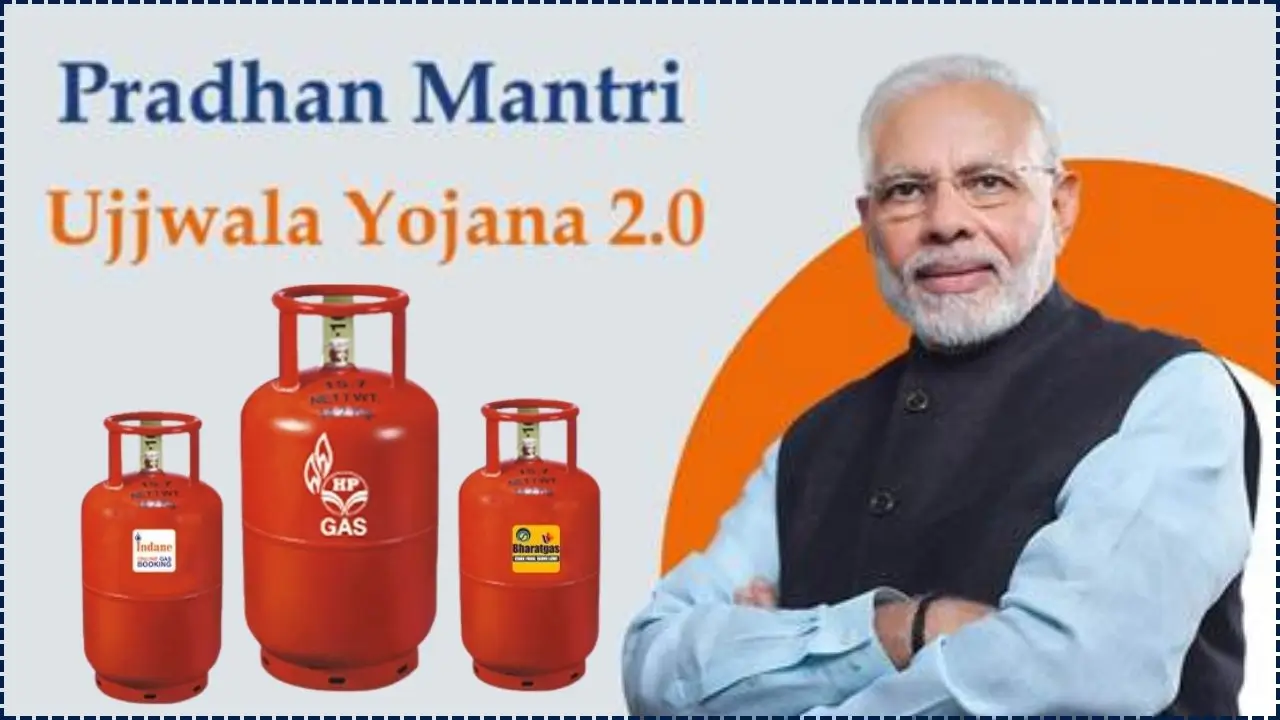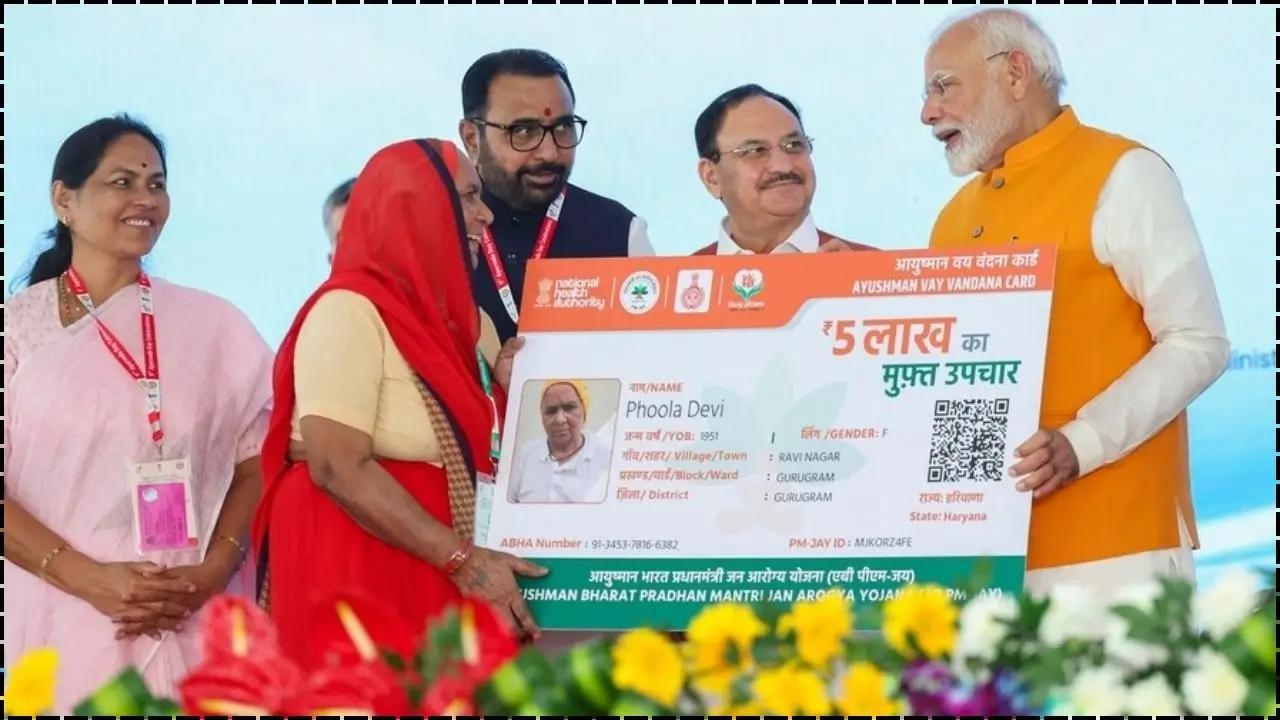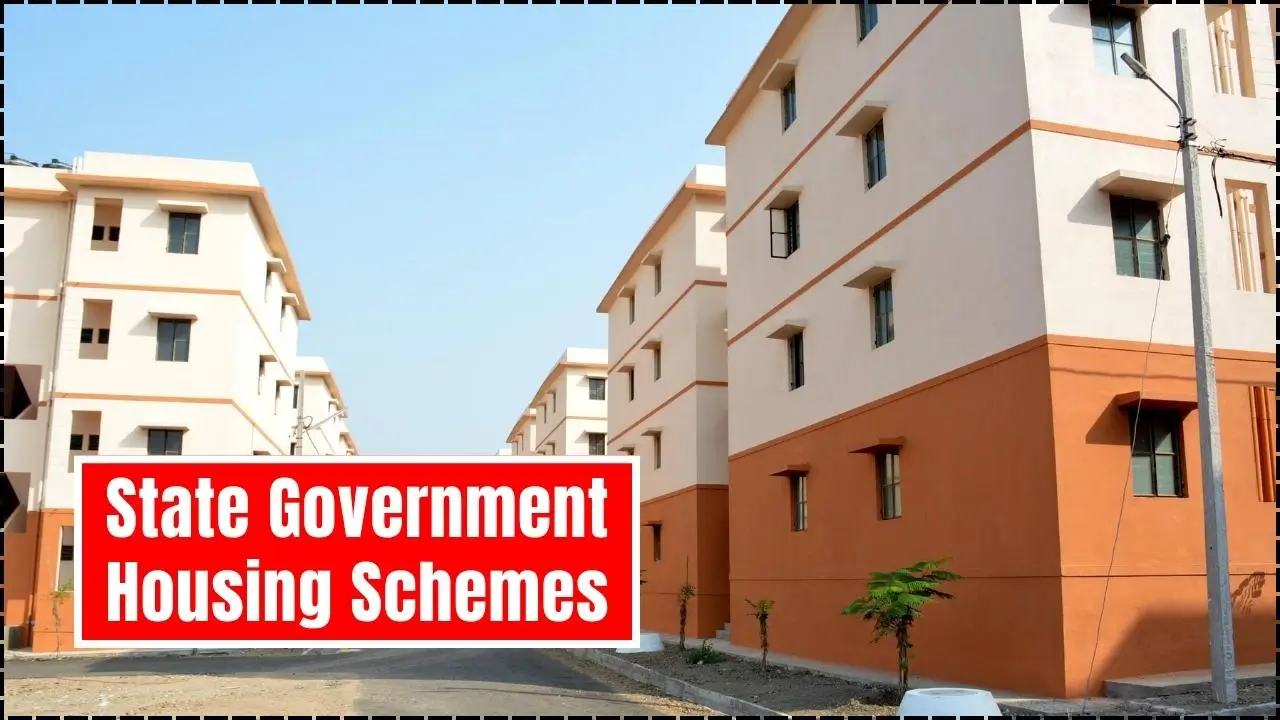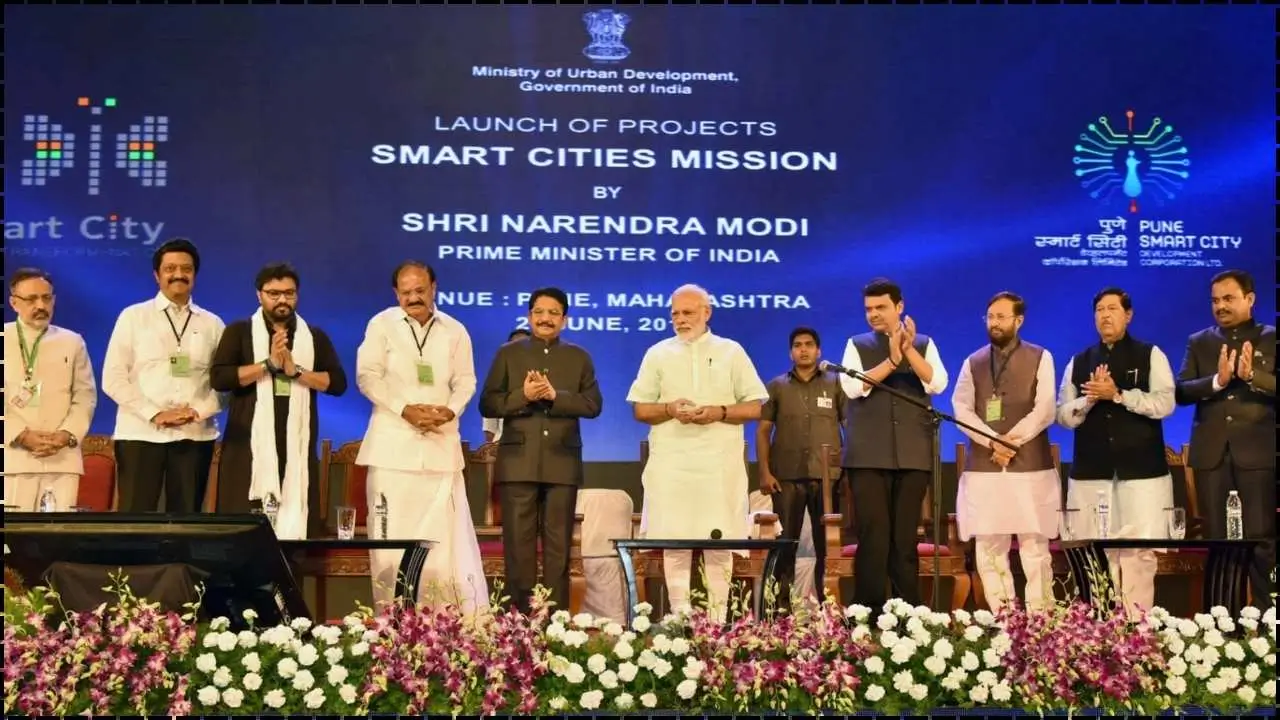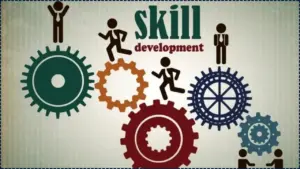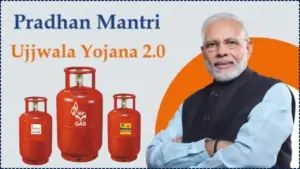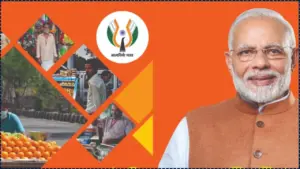India’s fiscal landscape is undergoing significant changes as both the central and state governments introduce new tax policies. The restructuring of Goods and Services Tax (GST), changes to state-level levies, and debates over revenue sharing could directly affect household budgets, business costs, and state finances. This article examines how central vs. state tax policies are evolving and what they mean for ordinary citizens.
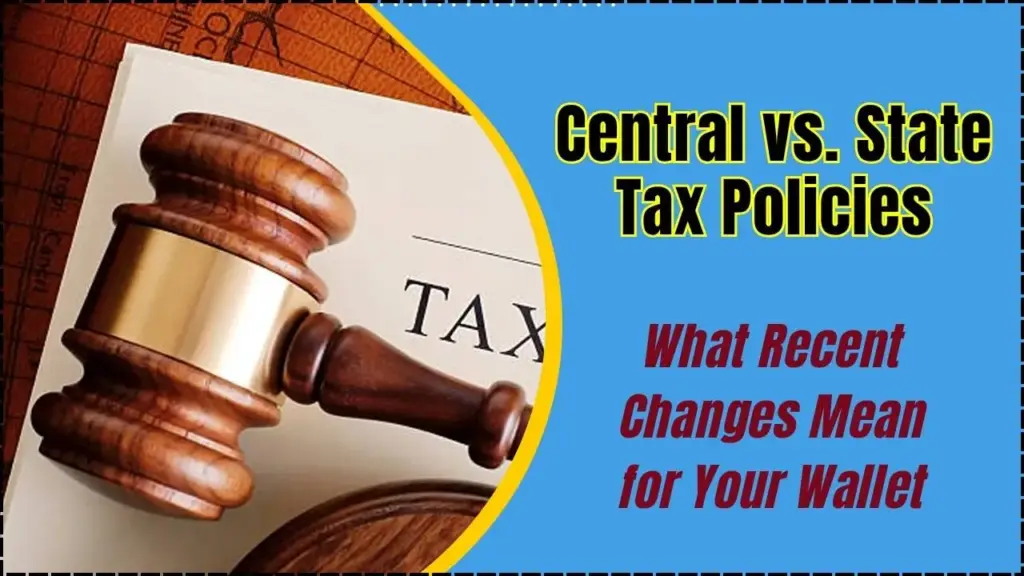
India’s dynamic policies are fundamentally about securing the fiscal health necessary to serve human needs across the diverse nation. While a reduction in rates may offer welcome, near-term financial relief to households, particularly those struggling with the cost of living, the resulting decrease in devolved revenues risks forcing state governments into compensatory taxation that could ultimately undermine public welfare.
The final, humanitarian impact of these policies will be determined by the of state governments, who must navigate complex fiscal pressures to ensure essential public services—like healthcare and education—remain robust and accessible, thereby balancing budgetary demands with their paramount commitment to the well-being of every citizen.
Central Government Tax Reforms
GST Rationalisation
The Goods and Services Tax (GST) Council recently approved a major simplification of slabs. The new two-tier structure (5% and 18%), with a 40% rate on luxury and “sin” goods, is intended to reduce household costs and boost compliance. According to government estimates, families spending ₹1 lakh annually on essentials may save up to ₹20,000 due to lower rates on everyday items.
Proposed Revisions in Consumer Goods and Motor Vehicles
The central government has also proposed reducing levies on small cars, appliances, and other durable goods, shifting them from the former 28% bracket to 18%. Officials argue this could make middle-class purchases more affordable and stimulate demand in key sectors such as automobiles and electronics.
Income Tax Reform
Parliament has passed the Income-tax Act, 2025, designed to replace the outdated 1961 legislation. The law aims to modernise tax administration, reduce litigation, and simplify compliance. However, the bill was temporarily withdrawn for select committee review, leaving some uncertainty over the precise timing and scope of its implementation.
State Government Tax Adjustments
Reduced Share of Federal Revenues
From FY 2026–27, the Centre will lower states’ share of federal tax devolution from 41% to 40%. Analysts estimate this could reduce state budgets by approximately ₹35,000 crore, potentially affecting spending on health, education, and infrastructure.
New Levies and Enforcement Measures
Several states are seeking new revenue streams. Maharashtra has approved an additional electricity sales tax on industrial and commercial users to fund solar agricultural pump schemes. Gujarat has tightened enforcement, uncovering undisclosed restaurant sales worth ₹52 crore, while Punjab has reported a 22% rise in GST collections through stricter compliance measures.
Related Links
Download Your Labour Welfare Board Benefits Status Online: Complete Process Explained
Police Station Citizen Service Ranking in Gujarat: What’s New & How It Affects You
Odisha Skill Development Program: New Policies to Upskill Youth for Emerging Jobs
How It Affects Households and Businesses
Relief for Consumers
Lower GST rates on essentials like medicines, soaps, and food products will ease financial pressure on households. Prices for small cars and electronics are also expected to decline, offering relief to middle-income consumers.
Risks for State-Level Spending
The reduction in central revenue sharing may push states to impose new local levies or raise property taxes. Economists caution that such measures could eventually offset household gains from GST reductions.
Business Implications
While consumer-facing industries may benefit from lower tax rates, sectors reliant on luxury goods and non-essentials could face margin pressures. At the same time, tighter compliance mechanisms will likely increase operational scrutiny for small and medium enterprises.
Expert Views
Economist Dr. Ritu Agarwal, from Jawaharlal Nehru University, said, “Central reforms are simplifying taxation and boosting consumer spending, but the reduction in state revenues poses long-term fiscal challenges.”
A senior finance ministry official argued, “Our reforms are aimed at household savings and demand growth. States will need to innovate their fiscal models to maintain welfare spending.”


